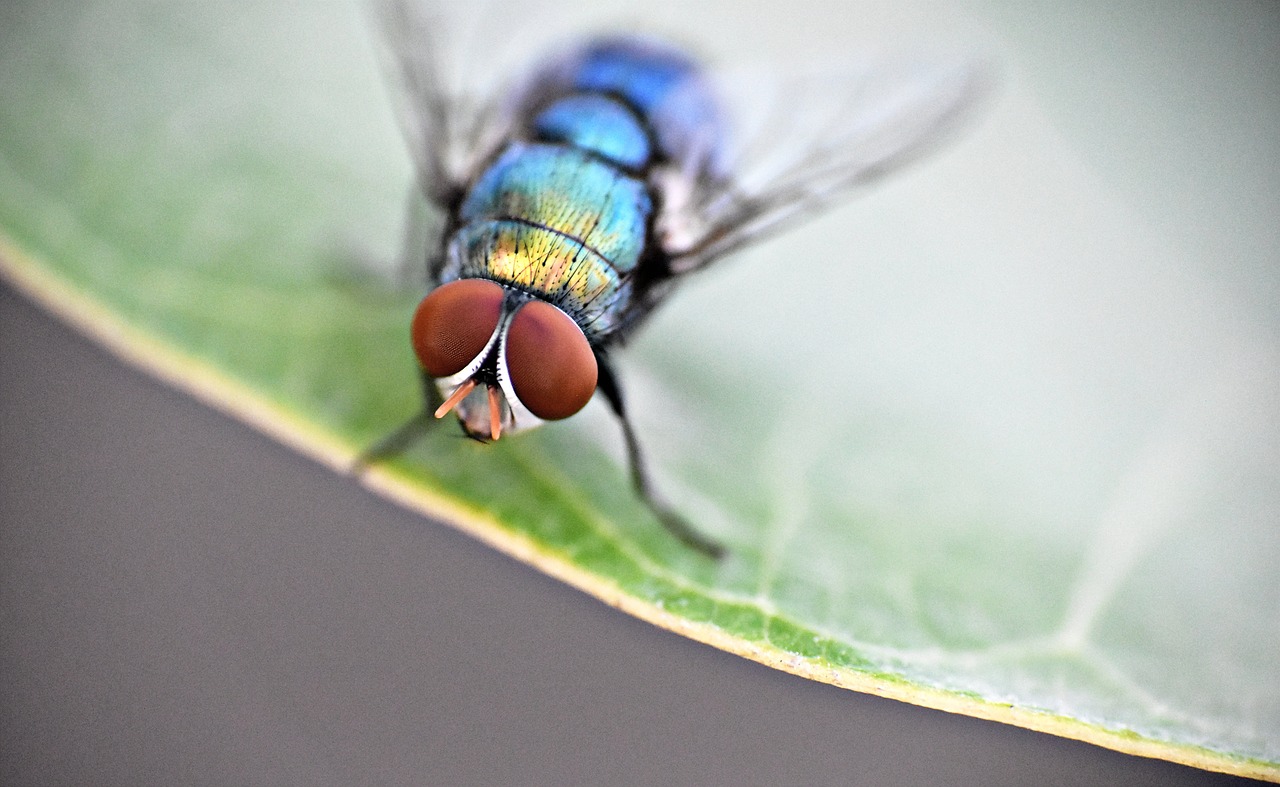How to Create a Fly-Free Environment
Contents
Step 1: Prevent attracting flies
Step 2: Repel flies before exterminating them
Step 3: Capture flies with homemade traps
Step 4: Techniques to eradicate flies
Flies can be a constant source of annoyance, spreading germs and leaving behind unsightly droppings. Luckily, there are various methods to combat these pesky insects, ranging from simple to highly effective, with or without the use of insecticides. In this guide, you’ll discover how to get rid of flies and even create your own fly traps, reducing reliance on commercial products. Say goodbye to flies with these practical tips.
Step 1: Prevent attracting flies

To limit the invasion of flies, it’s important to follow a few hygiene practices:
• Keep food covered when not in use.
• Avoid leaving dirty dishes or standing water in the sink.
• Ensure your kitchen countertops are always clean.
• Use airtight lids for your trash bins.
Step 2: Repel flies before exterminating them
Before resorting to eliminating flies, try repelling them using the following methods:
• Diffuse essential oils of basil, rose geranium, or citronella. You can also place a few drops of essential oil in dishes on windowsills and in affected rooms.
• Set up a dish of vinegar with cloves on windowsills.
• For rooms invaded by flies, create a repellent by studding half an onion (or orange or lemon) with cloves. Repeat every 3 days.
• Install mosquito nets on windows and strip curtains on doors.
• Spray repellent on textile surfaces such as curtains, mattresses, and sheets to create a barrier against flies and mosquitoes.
Step 3: Capture flies with homemade traps
Create your own fly trap using plastic bottles cut in half. These traps use baits to attract flies, which then drown in the liquid at the bottom of the bottle.
The most effective trap utilizes a bait made from sugar and baker’s yeast, releasing carbon dioxide to attract flies and mosquitoes. If you don’t have baker’s yeast, you can improvise a trap as follows:
• Cut an empty plastic water bottle in half and remove the cap using a cutter.
• Pour your choice of bait into the lower part of the bottle:
◦ Water with plenty of sugar syrup (preferably red or yellow).
◦ Very sweet water.
◦ A mixture of beer and sugar.
• Fit the top part of the bottle (neck down to form a funnel) into the bottom part.
Consider using commercial traps, which are filled with specially designed bait to attract flies. These traps are available in disposable or reusable options.
Step 4: Techniques to eradicate flies

a. The racket
Instead of using a traditional fly swatter, opt for an electric fly swatter. This battery-operated device is equipped with a grid that produces an electric discharge, instantly frying any flying insect. Not only is it highly effective, but it also adds an element of fun to the process. However, be cautious as crushing or bursting flies can spread the germs they carry.
b. Sticky strips
While not visually appealing, sticky fly strips are an environmentally friendly way of trapping flies. Some adhesive strips are designed with black fly silhouettes on a yellow background or include attractants to enhance their effectiveness.
c. Electric insect killers
These devices use ultraviolet light to attract flying insects, subsequently exterminating them through electrification or adhesive surfaces. Opt for a sticky insect killer to prevent bursting the insects’ bodies and releasing germs into the surrounding environment. Note that electric insect killers are primarily designed for indoor use, with greater justification in shops and restaurants than in private spaces.
d. Fly repellents
Various types of fly repellents are available. Here are some common options:
• Fly repellent stickers: Impregnated with insecticide, these stickers are placed on windows. While they may kill a few flies, their effectiveness is limited.
• Fly repellent granules: These granules, when placed in a dish, combine a sex attractant for flies with an insecticide.
• Anti-flying insect cassettes: Plastic cassettes containing an insecticide effective against flying insects. The insecticide is gradually released over several months.
• Insecticide bombs: Use these bombs sparingly and preferably opt for natural molecules like pyrethrin. Always read and follow the instructions carefully.
And there you have it – a comprehensive guide on how to get rid of flies. We hope you find these tips and techniques helpful in your quest for a fly-free environment. If you have any additional suggestions or personal experiences to share, please don’t hesitate to leave a comment below. We value your feedback and look forward to hearing from you.
Note: If you find these steps tedious or require expert assistance for a perfect result, do not hesitate to seek professional help.




